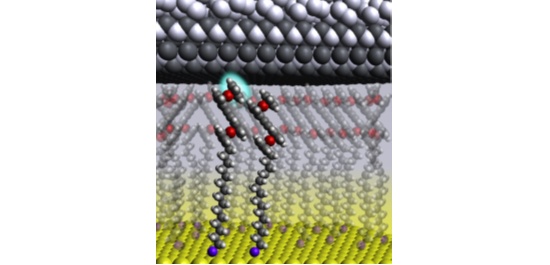Research News
Extended Bis(benzothia)-quinodimethanes and Their Dications: From Singlet Diradicaloids to Isoelectronic Structures of Long Acenes
In a recent article published in Angew. Chem. Int. Ed., 2016, 55, 9316-9320 (hot paper), (Link), Dr. Chi and her…

